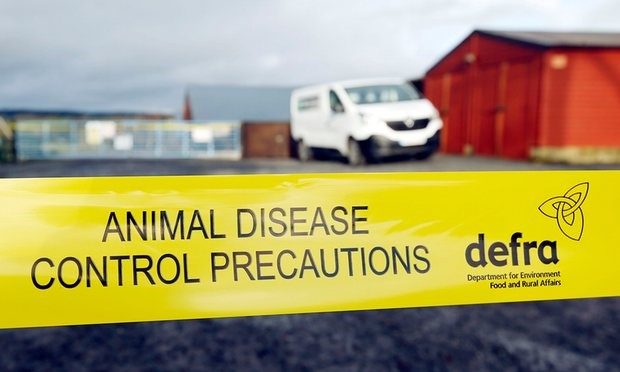We all remember the pandemic known as bird flu which took place in Britain about 10 years ago, but what has happened to it since? Has it simply just vanished off the face of the earth, or it is still lurking around?
Bird Flu, or avian influenza, has been around for years (with cases dating back as far as 1878 in Italy) and has continuously caused massive outbreaks within the poultry industry. It occurs sporadically throughout the world, killing millions of birds before dying down and returning to a dormant phase until a new strain re-emerges. Although the number of people who contract the virus is very small, there is a high proportion of those infected who die from it (roughly 60%).
Nearly ten years on since the last time we saw bird flu cases in headlines, cases are starting to appear in wild birds across the UK and Europe. The latest strain (H5N8) has been found in 40 wild birds across Britain after migrating across Europe in the preceding months. One single case has been identified at Martin Mere, a popular tourist attraction in Lancashire for bird watchers – this area experiences up to 60,000 wildfowl per day at peak times during winter. Only one bird, a greylag goose, has died as a result of the virus. This area risks the potential for a large-scale outbreak across the country. However, appropriate measures to prevent human contraction have been made, with disinfectant mats and vehicle restrictions preventing the movement of bird droppings (the main vector in transmitting bird flu). Now that cases are being found within wild bird species, what will this mean for our poultry industry?
Several farms, particularly in our neighbouring county Lancashire, have experienced recent outbreaks of the strain. One pheasant farm in Preston has reported to have identified several cases of the H5N8 strain within a flock of 10,000 birds. Since then the Department for Environment, Food and Rural Affairs (DEFRA) has set up a two-mile protection zone and a six-mile surveillance zone around the farm, before humanely culling the flock of birds to prevent any further spread of the strain. Similar measures have been utilised in Scotland and Wales to decrease the risk of the virus, along with a Britain-wide ban on poultry shows and gatherings until at least the 28th of February.
But is this strain dangerous to humans? Should we be worried that there might be a repeat from the events which happened ten years ago? The current strain of avian flu which is circulating Britain belongs within the highly pathogenic avian influenza (HPAI) group but by building upon previous experiences, DEFRA are working incredibly to restrict the spread of the virus from wild birds into the poultry industry and subsequently into humans. Currently, the NHS website states that there are no cases of avian flu in humans within the UK. Furthermore, Public Health England has made a statement that there is a “very low” risk to humans, whilst the Food Standards Agency have said that bird flu does not pose a food safety risk for UK consumers.
Bird flu facts:
•Humans can be infected with avian viruses, such as avian influenza which has three subtypes A(H5N1), A(H7N9), and A(H9N2).
•Human infections are primarily acquired through direct contact with infected animals or contaminated environments, but do not result in efficient transmission of these viruses between people.
•Avian influenza infections in humans may cause disease ranging from mild conjunctivitis to severe pneumonia and even death.
•The majority of human cases of A(H5N1) and A(H7N9) infection have been associated with direct or indirect contact with infected live or dead poultry.
•Controlling the disease in the animal source is critical to decrease risk to humans.
Source: World Health Organisation
James Deed
(Image courtesy of Danny Lawson/PA)

